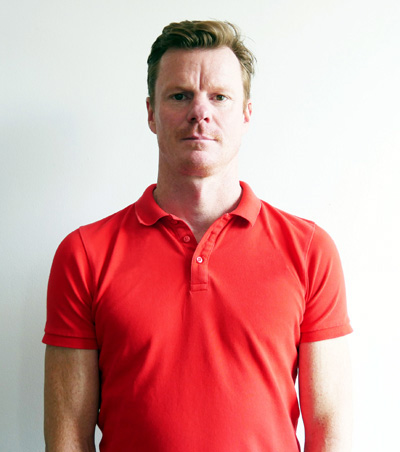Elite, draft–legal bike legs can be brutal. Yes, high-aerobic threshold power is critical to be able to deal with the racing demands but there’s more to it than that.
Short laps on the bike generally mean lots of corners, so lots of decelerating and accelerating, while large packs make the effort more like an on/off light switch.
Often the hardest bike legs have relatively low average powers, but it’s the spikiness that makes it so tough. And if you’re not prepared to cope with the demands, your run suffers.
Non-drafting racing isn’t quite as stochastic but many courses these days, particularly champs, have more than a few corners and plenty of other athletes to navigate, making the effort less consistent than you might otherwise expect.
Because of this, being able to cope with an inconsistent effort during the bike leg is important to non-drafting performance as well.
How to train for race day
Sessions that intentionally modulate your effort and/or energy systems are a great way to prepare for racing and can also help to move your aerobic threshold upwards. Here’s an example:
To do this session well you need to have a basis for your effort and a way to gauge how hard you’re pushing. We’ll use two options: Functional Threshold or RPE. If using Functional Threshold this can be either Power or Heart Rate.
Unsure what Functional Threshold is? After a hard warm-up, perform a 20min maximal effort and then multiply your average power or HR for the effort by .95 to find your Functional Threshold (or the level of effort you should be able to sustain for 45-75mins continuously).
For RPE we’ll use a 1-10 scale, with 1 being very, very light exercise; 10 being maximal, all-out effort that you could sustain for 30-90secs. For this session, we’ll focus on levels 7 and 8, which should be just below and just above your sustainable threshold.
Warm-up
- 10-15mins easy intensity, RPE 1-3/55-65% Functional Threshold (either HR or Power)
Prep
- 10mins ramping up intensity, every 2mins building from RPE 3/FT 65% to RPE 8/FT 100%
- 2mins easy
- 4 x 30secs @ RPE 9/FT 120% with 60secs recovery between each (Note: HR response will lag too far behind to be useable here, so just go on RPE.)
- 3mins easy
Main set
- 2mins @ RPE 8/FT 110% – just above your sustainable aerobic intensity
- 6mins @ RPE 7/FT 95% – just below your sustainable aerobic intensity
- 2-4mins easy recovery – take more if needed so you can hit the intensities
- Repeat 3-5 times
Don’t continue beyond the point where you’re no longer able to sustain the required intensity. Aim to finish feeling like you could’ve done another rep if needed.
There are two ways to progress this set – either more reps or reduce recovery. Further out from racing I’d increase reps, closer to racing I’d decrease recovery.
Cool-down
- 15-20mins decreasing intensity every 5mins from RPE 6/FT 80% down to RPE 2/FT 55%.
This helps to clear the by-products produced when exercising at high intensity and improves adaptation and recovery. This is also a good time to start taking on your recovery nutrition.
This is a tough session but should be manageable, particularly if you’ve had a good winter where you’ve banked plenty of low-intensity miles.
If so, doing this type of session once per week for 3-5 weeks will certainly see you improve your race threshold.
Top image credit: Secret Studio
